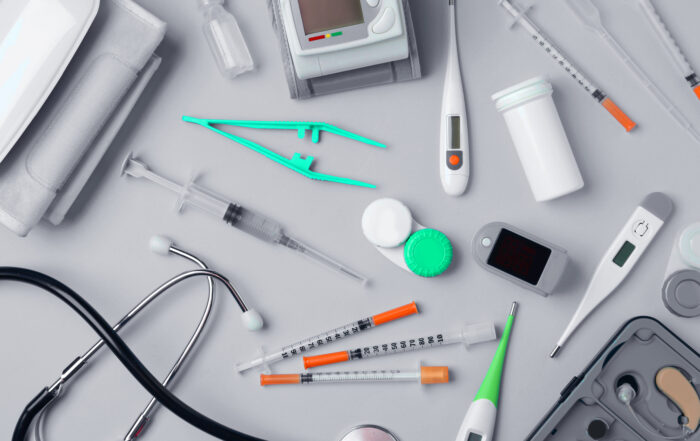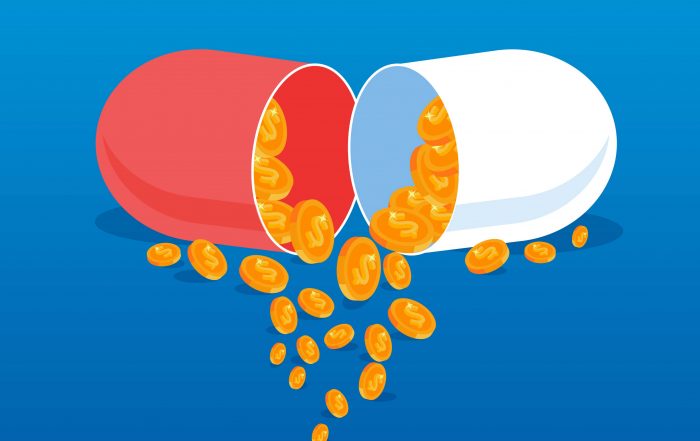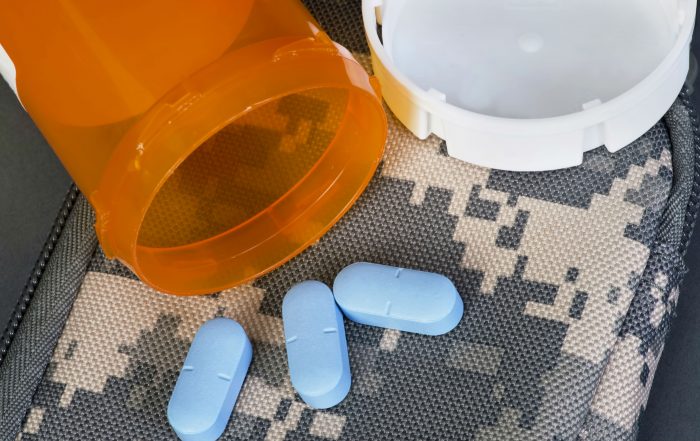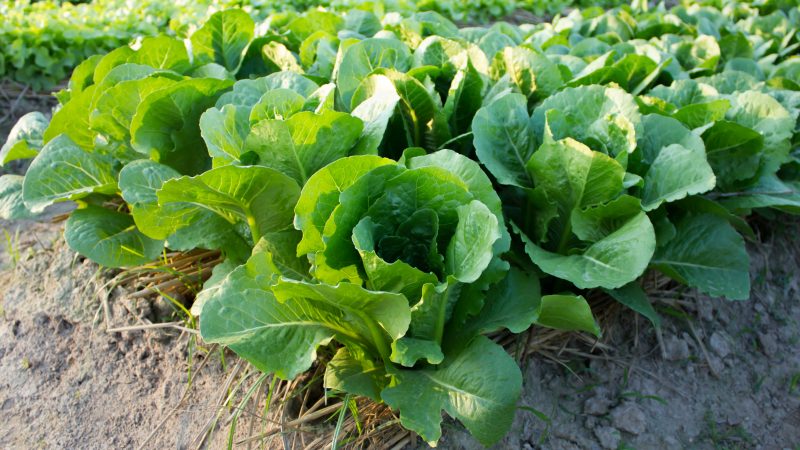
Connecting the Dots: Reaffirming the Importance of the Produce Safety Rule and Tracing Technology with the Romaine Lettuce Outbreak
by Shelly Garg
The recent romaine lettuce outbreak, the largest of its kind in over a decade according to the Food and Drug Administration (FDA), quickly moved from traditional data collection to sentiments of alarm and bewilderment that government agencies were not able to swiftly determine where the lettuce was grown or packaged given advances in current technology (i.e., blockchain) to track and trace products. However, given the tangled web of supply chain records, the outbreak has presented unique challenges in pinning down the source of the outbreak, which slowed down the investigation.
Both FDA and industry are emphasizing the importance of FDA’s Produce Safety Rule as a method for preventing these types of outbreaks, combined with the adoption of more advanced technology to assist in traceability, to help restore trust in the food industry.
Fast Facts of the Romaine Lettuce Outbreak
FDA is continuing to actively investigate a multistate outbreak of E. coli O157:H7 illnesses linked to romaine lettuce (largely chopped romaine with one cluster of illnesses linked to whole romaine heads) sourced from the winter growing areas around the Yuma, Arizona region.1 This region supplies romaine lettuce to the U.S. during November-March each year. According to FDA, the last shipments from the Yuma region were harvested in mid-April, and the harvesting season has since concluded. Given the short 21-day shelf life, FDA and the Centers for Disease Control and Prevention (CDC) advised that it is highly unlikely that any romaine lettuce from the Yuma growing region is still available in people’s homes, stores, or restaurants.2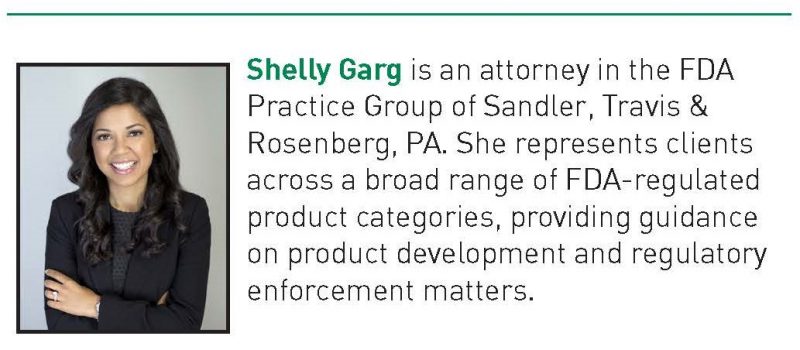
Although FDA and CDC were eventually able to identify canal water near the growing fields as the likely source of the outbreak, the food industry was troubled by slow traceback efforts which were not able to pinpoint the outbreak to a single grower, harvester, processor, or distributor.
FDA and CDC officially declared the outbreak to be over on June 28 but not before the outbreak sickened 210 people in 36 states during the time period of March 13, 2018 to June 6, 2018 as reported by CDC.3 Ill people ranged from the age of one to 88 years. There have been 96 hospitalizations (48%) and five deaths. Some of the sick people developed hemolytic uremic syndrome (HUS), a type of kidney failure, which can require temporary dialysis and can result in full kidney failure.4 The specific bacteria involved (Shiga toxin-producing E. coli O157:H7) aggressively attacks blood vessels, particularly in the kidneys, digestive system, and brain.5 CDC and FDA advised that the bacteria is so dangerous that all people, not just the traditional high-risk groups, are to avoid Yuma-grown romaine lettuce.6
FDA initially identified Harrison Farms of Yuma, Arizona as the grower and sole source of the whole-head romaine lettuce that sickened several people in an Alaskan correctional facility,7 and later confirmed that contaminated canal water near the growing fields was the likely source of contamination in the supply chain.
Traceability Requirements under Current Law
Current federal law requires food supply chain entities to only maintain shipping and receiving records, i.e., “one step forward, one step back.” What this translates to is gaps in information, as every link from growers to retailers and restaurants, does not need to know where the fresh produce ultimately goes or where it comes from.
During an outbreak or recall, FDA engages in traceback efforts by working backwards through the supply chain from the point of purchase or consumption and tracing each link back to the source of fresh produce commodities like romaine lettuce. This involves investigating the multiple supply chain members and their activities along the way, including suppliers, distributors, and processors where the lettuce was chopped and bagged, and then the farm or farms from which the lettuce originated. FDA also collects and evaluates records to figure out how the contaminated produce moved through the food supply chain to grocery stores and restaurants where it was sold or served to the consumers who became ill.8
Designed to identify points of convergence between documented clusters of illnesses and common exposure points, FDA’s traceback model is intended to focus efforts on where and how the contamination occurred.9
In the case of the romaine lettuce outbreak, efforts to track down specific growers, packers, and distributors were frustrated by the limited use of labeling codes and lack of packaging on romaine products available to consumers through retailers or restaurants, by some businesses’ incomplete and missing shipping and receiving records, and by the lack of product available for testing given romaine lettuce’s short shelf life. None of the lettuce that likely made people sick was available for testing, and the lettuce growing and harvesting season in the Yuma growing region was over by the time the outbreak was recognized in April, and harvesting has ceased.
FDA and CDC did ultimately identify canal water near the romaine lettuce growing region in Yuma as the likely source of the outbreak after finding the presence of E. coli O157:H7 with the same genetic fingerprint as the outbreak strain. Prior to identifying the likely source, FDA and CDC were actively investigating several theories, including other environmental contaminants, such as irrigation water, air/dust, water used for pesticide application, or animal encroachment, as well as the possibility that contamination occurred after the lettuce left the farm. Evaluation of other potential environmental contaminants, such as soil and manure, will be ongoing, with positive matches communicated publicly as they are identified.10
Importance of FSMA’s Produce Safety Rule
The romaine lettuce outbreak highlights the importance of the Food Safety Modernization Act’s (FSMA) Produce Safety Rule, generally, and Subpart E’s agricultural water provisions, specifically, in preventing these types of outbreaks in the first place. While the full implementation of the rule is beginning, the rule’s purpose is to prevent contamination of fruits and vegetables at the farm by imposing science-based minimum standards for the safe growing, harvesting, packing, and holding of fruits and vegetables grown for human consumption. This includes standards for water quality, biological soil amendments, sprouts, domesticated and wild animals, worker training and health and hygiene, and equipment, tools, and buildings.11 Specifically, the Produce Safety Rule establishes criteria for microbial water quality based on the presence of generic E. coli. The rule prohibits use of agricultural water wherein potentially dangerous microbes, if present, would be transferred to the produce through direct or indirect contact, i.e. water used for washing hands during and after harvest, water used on food-contact surfaces, and water used to directly contact produce during or after harvest.12 While compliance dates relating to many covered activities on covered farms have already passed or will soon come to pass, deadlines for the agricultural water requirements, specifically, have been extended by an additional two to four years, except for covered activities involving sprouts.13
The rule is being implemented with the U.S. Department of Agriculture and state partners. According to FDA, state partners will conduct the majority of routine inspections, scheduled to begin in the spring of 2019, under the Produce Safety Rule, since states are generally most familiar with their farming communities and growing and harvesting practices. FDA has stated that the measures outlined by the Produce Safety Rule, when fully implemented, will reduce the chance of this type of outbreak in the future.14
FDA is also examining ways to standardize recordkeeping and how additional tools on product packaging could improve traceability, including QR codes. In addition, FDA is working with the leafy greens industry and technical experts to determine how innovation and technology can be used to grow and process lettuce that further reduces the risk of these types of outbreaks.15
This, in addition to blockchain solutions, which will help immediately track affected items to their origins, will help identify the source, and help remove contaminated products from store shelves and supply chains.
Conclusion
While it is disconcerting that these types of foodborne illness outbreaks continue to mark the news, the Food Safety Modernization Act when fully implemented will help prevent these outbreaks. Industry’s commitment to and FDA’s enforcement of compliance with the FSMA, the Produce Safety Rule, and the adoption of other creative solutions, will be extremely important to restoring consumer trust in the food industry.
Sources Consulted
- See FDA Investigating Multistate Outbreak of E. coli O157:H7 Infections Linked to Romaine Lettuce from Yuma Growing Region, https://www.fda.gov/Food/RecallsOutbreaksEmergencies/Outbreaks/ucm604254.htm, last visited June 18, 2018.
- See FDA Investigating Multistate Outbreak of E. coli O157:H7 Infections Linked to Romaine Lettuce from Yuma Growing Region, https://www.fda.gov/Food/RecallsOutbreaksEmergencies/Outbreaks/ucm604254.htm, last visited June 18, 2018.
- See Multistate Outbreak of E. coli O157:H7 Infections Linked to Romaine Lettuce (Final Update), https://www.cdc.gov/ecoli/2018/o157h7-04-18/index.html, last visited July 13, 2018.
- See FDA Update on Traceback Related to the E. coli O157:H7 Outbreak Linked to Romaine Lettuce, https://blogs.fda.gov/fdavoice/index.php/2018/05/fda-update-on-traceback-related-to-the-e-coli-o157h7-outbreak-linked-to-romaine-lettuce/, last visited July 13, 2018.
- See Dangerous E.coli Outbreak In Romaine Intensifies, https://www.webmd.com/food-recipes/food-poisoning/news/20180427/dangerous-ecoli-outbreak-in-romaine-intensifies, last visited July 13, 2018.
- See Multistate Outbreak of E. coli O157:H7 Infections Linked to Romaine Lettuce (Final Update), https://www.cdc.gov/ecoli/2018/o157h7-04-18/index.html, last visited July 13, 2018.
- See FDA Fast Facts: FDA, CDC and partners continue to investigate E. coli outbreak linked to romaine lettuce, https://www.fda.gov/newsevents/newsroom/ucm606833.htm, last visited July 13, 2018.
- See FDA Update on Traceback Related to the E. coli O157:H7 Outbreak Linked to Romaine Lettuce, https://blogs.fda.gov/fdavoice/index.php/2018/05/fda-update-on-traceback-related-to-the-e-coli-o157h7-outbreak-linked-to-romaine-lettuce/, last visited July 13, 2018.
- See FDA Update on Traceback Related to the E. coli O157:H7 Outbreak Linked to Romaine Lettuce, https://blogs.fda.gov/fdavoice/index.php/2018/05/fda-update-on-traceback-related-to-the-e-coli-o157h7-outbreak-linked-to-romaine-lettuce/, last visited July 13, 2018.
- See E. coli in canal water drew immediate attention from Yuma growers, http://www.foodsafetynews.com/2018/07/e-coli-in-canal-water-drew-immediate-attention-from-yuma-growers/#.W0jj9uSWyUk, last visited July 13, 2018.
- 80 FR 74353 (Nov. 27, 2015).
- 80 FR 74353 (Nov. 27, 2015).
- 82 FR 47656 (Oct. 13, 2017).
- See FDA Update on Traceback Related to the E. coli O157:H7 Outbreak Linked to Romaine Lettuce, https://blogs.fda.gov/fdavoice/index.php/2018/05/fda-update-on-traceback-related-to-the-e-coli-o157h7-outbreak-linked-to-romaine-lettuce/, last visited June 21, 2018.
- See FDA Update on Traceback Related to the E. coli O157:H7 Outbreak Linked to Romaine Lettuce, https://blogs.fda.gov/fdavoice/index.php/2018/05/fda-update-on-traceback-related-to-the-e-coli-o157h7-outbreak-linked-to-romaine-lettuce/, last visited June 21, 2018.
Programs
Update Magazine
August/September 2018


